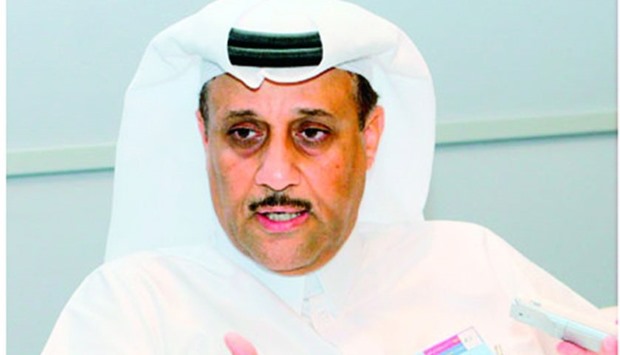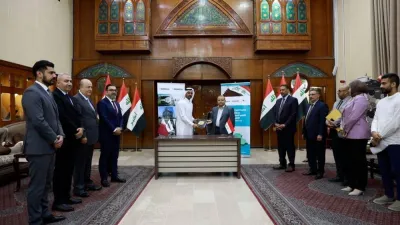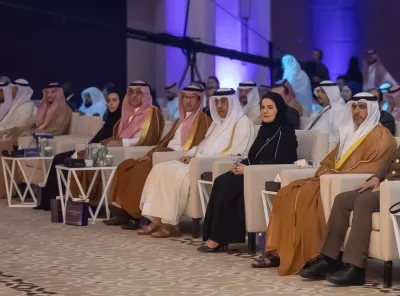A thin-film solar cell is a second generation device that is made by depositing one or more thin layers, or thin films of photovoltaic material on a substrate, such as glass, plastic or metal.
Speaking to Gulf Times on the sidelines of a seminar on Building Integrated Photovoltaic (BIPV) Technologies, organised by QEERI, Dr.Khalid al-Subai, acting executive director, said: “Photovoltaic (PV) panels have higher energy efficiency. We are working on thin-film cells to match that efficiency.”
The official explained: “Energy is one of our grand challenges. We are doing all the studies on solar technologies to choose the best one for the country. We will have a huge simulation for this. We are also looking into Building Integrated Photovoltaic (BIPV) technologies.
“Our environment is different from Europe or many other countries that use solar energy in a big way. What is suitable there, will not be applicable here. As of now, we understand that PV is the best one for the country. Moreover, the cost for PV is coming down.”
When asked about using the BIPV technologies for the FIFA World Cup 2022, Dr. al-Subai stated: “We have representatives from the Supreme Committee for Delivery & Legacy, Qatar Electricity and Water Company and Kahramaa among others attending this workshop. They are here to learn from the experts how to do it and they will take care of it. We, as a research institute, will help them with the technology to implement the plans.”
Dr. al- Subai said that QEERI would release the data on solar energy use in Qatar soon. “Within a few months, we will publish the data on solar energy usage in Qatar for the last 10 years. It will be useful for all the people including the companies that come here to develop their technology,"added the official.
Meanwhile, architects and building engineers discussed at the workshop how PV systems can be introduced in buildings with good design, structures and energy concepts . The forum also deliberated on how BIPV products can be multi-functional, addressing issues such as electricity generation, weather protection, heat insulation, sun protection, noise protection, modulation of daylight and security.
BIPV are power generating materials that are used to replace conventional building materials in parts of the building such as the roof, skylights or facades. They are increasingly being incorporated into the construction of new buildings as a source of electrical power, although existing buildings may be retrofitted with similar technology.
QEERI organised the event on BIPV in collaboration with Fraunhofer Centre for Silicon Photovoltaics, Fraunhofer-CSP, Germany.



